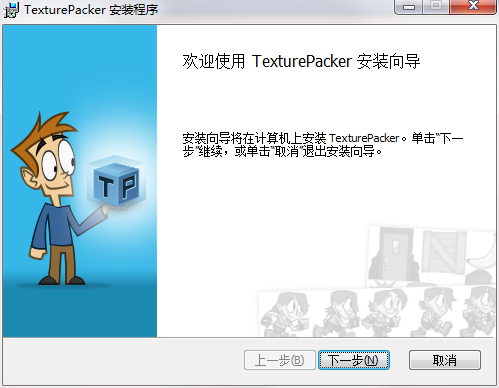

- #TEXTUREPACKER MULTIPACK FOR FREE#
- #TEXTUREPACKER MULTIPACK HOW TO#
- #TEXTUREPACKER MULTIPACK TRIAL#
- #TEXTUREPACKER MULTIPACK DOWNLOAD#
we recommend not to use texture rotation when possible (although this usually increases the final texture size), as it forces melonJS to apply a default rotation angle when drawing sprites and, based on how many sprites are to be displayed, can impact performance.įinally press the Publish sprite sheet button to create the sprite sheet, and we are done in TexturePacker ! Import the generated texture into a melonJS projectĪs this tutorial is focusing on using TexturePacker, we will assume that you are already familiar with melonJS and that you have at least a first project up & running.use "Power of Two" size for the texture (unless all devices you target are supporting WebGL2), to optimize the use of GPU memory.For this example we use the assets from the texture packer example here (see under the cityscene folder).Īfter that use the file selection button to enter a Data file, name it cityscene.json and place it in the folder (to follow the melonJS boilerplate structure), and do the same for the texture file by choosing cityscene.png in Texture file's file selector.
#TEXTUREPACKER MULTIPACK FOR FREE#
Ask Question Asked 9 years, 7 months ago. RMMV PIXI SpriteSheetsAnimations TexturePacker CORE credit (jonForum,dimisterjon) SpecialThanks: to codeandweb for free pro life licenses under M.I.T licence Required: pixi.js v4.5.6 or upper TexturePacker or texturePackerPro(recommended) a Sequencing PNG maker a JS reader and editor.
#TEXTUREPACKER MULTIPACK DOWNLOAD#
TexturePacker will automatically load and lay out all image files. Converting flash to sprite file in texturePacker using Multipack. Download TexturePacker 7.0.3 - Create sprite sheets and export them to the file format most suitable for your project with this straightforward software. Then drag & drop the directory containing your sprite images to the Sprites area of TexturePacker. In fact the default texture atlas format in StageXL is the JsonArray format of TexturePacker - you will learn more about this in a short while. You should see a screen similar to the one below after you've installed TexturePacker: pixi. The CMS prepends the file names with unpredictable letters. To create a new texture atlas, star by opening TexturePacker, and choose the JSON Array data format (earlier version of TexturePacker had a melonJS data format, but this is not required anymore). I have been using TexturePacker and Pixi for animations, but now the exported TexturePacker files (multipacked) are stored in a CMS system.
#TEXTUREPACKER MULTIPACK HOW TO#
In this tutorial we are going to see how to : Multiple Objects with the same FileId are generated by this Importer.

TP = r"C:\Program Files\CodeAndWeb\TexturePacker\bin\TexturePacker.Using a texture Atlas will generally allow you to : TexturePackers multipack option created loads of files Tell this where they are and it gives you a function which fetches the right sheet and frame index for each image without you needing to worry about them Doc getSheetAndFramemultipackmanager.
I am working from Python, so here is the script I use to create the same atlas that the sample line above will give you. The key is the list of image filenames separated only by spaces. It is sad that TexturePacker not allow sorting by name exporting with Multipack (manually is so slow) I tested with a custom preload, 2 video tags and Phaser.

TexturePacker -format unity-texture2d img_1.png img_2.png img_3.png img_4.png To add multiple images to a single sprite sheet, here is a sample command that will create an atlas called out.png (the default) containing images img_1 to img_4.
#TEXTUREPACKER MULTIPACK TRIAL#
Due to the poor TexturePacker documentation, it took me much trial and error to figure this out!


 0 kommentar(er)
0 kommentar(er)
